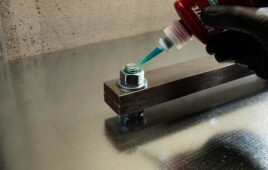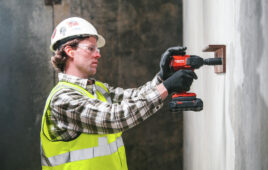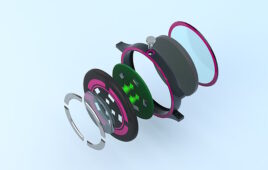
For many applications, non-structural (such as for the applications of facades or aesthetic purposes) are significant and, typically, provide a cost-effective means of assembly.
Today’s adhesive products are categorized by their strength. The varying strengths are defined according to what is known as load-carrying capacity — the maximum load an adhesive-bonded joint can bear without experiencing failure.
Adhesive categories include: structural, non-structural, and semi-structural.
Non-structural adhesives demonstrate a load-carrying capacity of less than 1000 pound-force per square inch (psi). Because of their comparatively low strength, they’re often used for light, short-term or temporary attachments. For example, non-structural adhesives might be used to hold substrates in place in preparation for attachment with mechanical fasteners, such as bolts or screws. They can also be used for light-duty packaging, gaskets, veneers, and trim.
Much like structural adhesives, non-structural adhesives can provide attachment between dissimilar substrates, including paper, cardboard, foam, metal, and plastic. However, they’re typically meant for applications that require no long periods of environmental exposure. Temperature resistance is often below 200 degrees Fahrenheit (93 degrees Celsius).
Many non-structural adhesives are re-positionable with varying degrees of tackiness, while others offer drying times as short as one minute. Delivery mechanisms include thin-to-medium liquid or paste formulations. Liquid-types can be applied with a brush or roller, via aerosol spray, or as a hot-melt formulation that hardens when cool.
Advantages of using non-structural adhesives instead of mechanical fasteners include quick assembly, lighter overall assembly weight, and an aesthetic design that avoids holes or visible fasteners. In some cases, water-based non-structural adhesives can replace solvent-based products for greater compliance with safety and environmental standards.
Non-structural adhesives are not appropriate for joining materials that will endure exposure to high or low temperatures, moisture, radiation, acidity, alkalinity, and bio-agents. In addition to load capacity, designers should also consider the potential for shear, compression, and cleavage of the joint. For applications that require more strength or more durable bonding, structural adhesives or mechanical fasteners are recommended.





Tell Us What You Think!